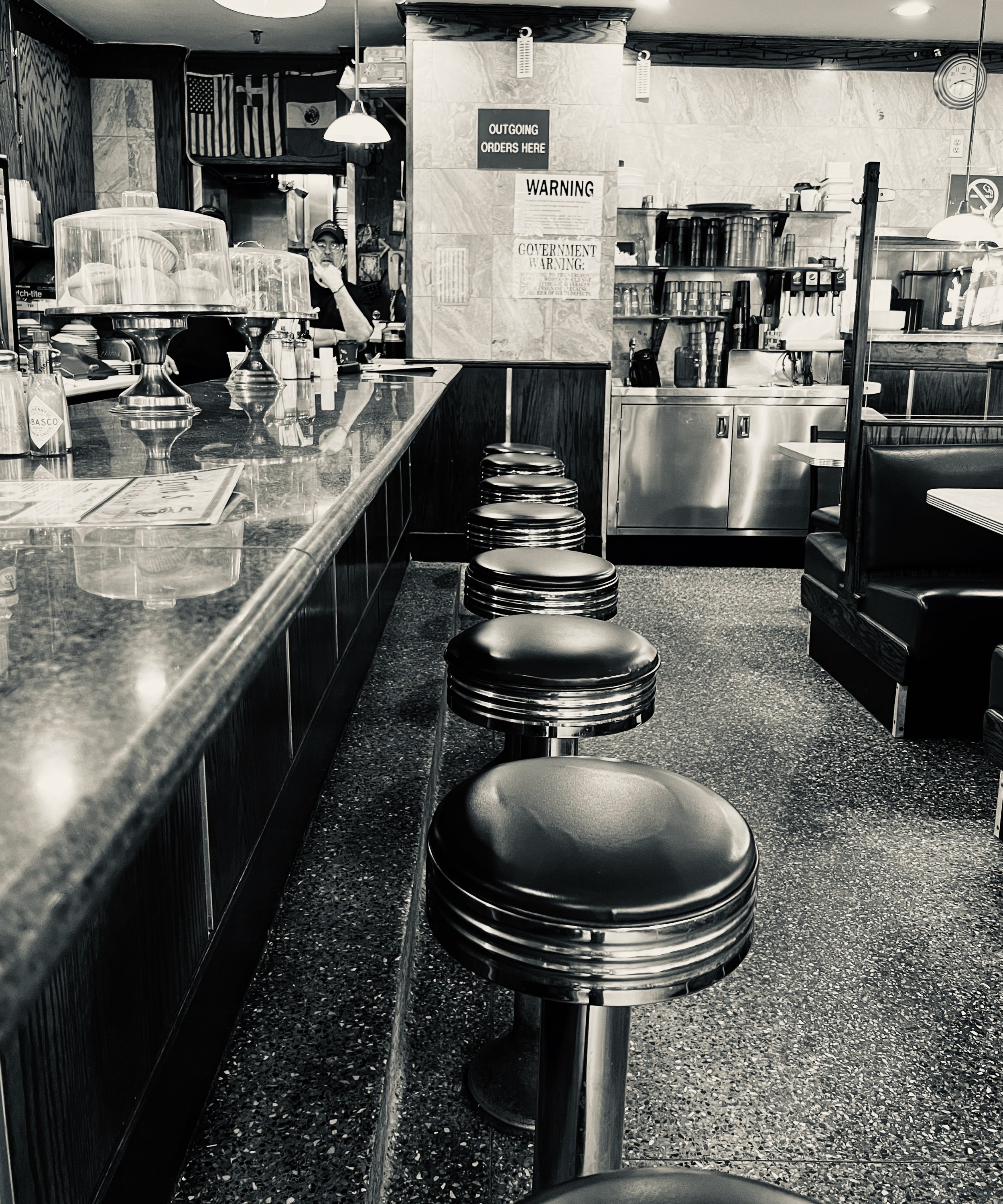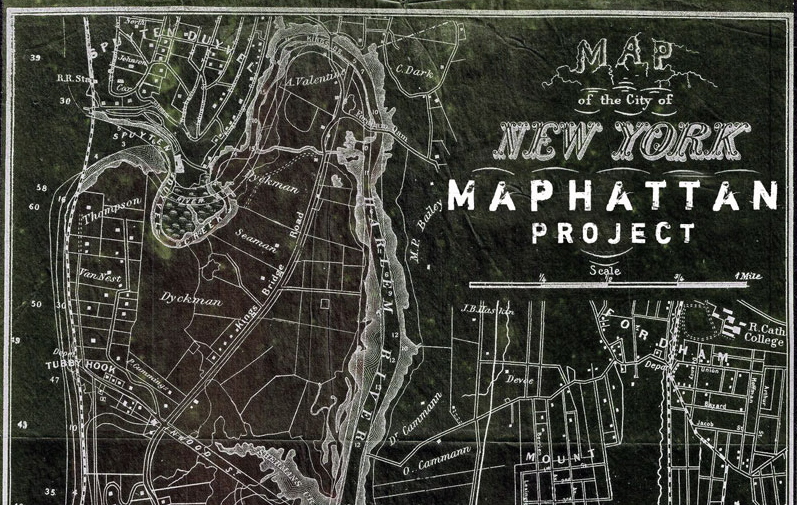Preface: To hear the deep cultural history of DC, I highly suggest listening to The Atlantic’s Holy Week podcast — a story about the week following Dr. Martin Luther King Jr.’s assassination on April 4, 1968, and the seven days of heartbreak and revolution, much of it centered in DC.
After eight years (well, technically six and half years, but more on that later) living in DC, we are heading back to New York. In 2015, I was wooed to leave New York and Columbia University to take on a tenured, chaired professorship—as a Bloomberg Distinguished Professor of Food Policy and Ethics—at Johns Hopkins University. I split my time between Baltimore and DC, with appointments at the Berman Institute of Bioethics, the School of Advanced International Studies, also known as “SAIS,” and the Bloomberg School of Public Health. I started the Global Food Ethics and Policy Program and built and mentored a strong team of food system scientists. Amid those eight years, 1.5 were spent in Italy – one year as a nutrition policy program officer at the UN Food and Agriculture Organization and another at SAIS’ Europe campus in Bologna. I also took a sabbatical and wrote the first draft of my hippie food book (more to come on that!). I cannot even begin to describe how pivotal these years at Hopkins have been for my career and those I had the privilege to mentor and work with.
But Columbia and, more so, New York City are calling me back. Starting July 1, I will be a Professor of Climate at Columbia University’s new climate school, the first in the country. I will also lead their Food for Humanity Initiative. I am looking forward to my 4th stint at Columbia. Yes, 4th. The first time was as a postdoc fellow in the Molecular Medicine Department of the College of Physicians and Surgeons. The second was with Jeffrey Sachs at the Earth Institute, leading nutrition work. The third was as an assistant professor at the Institute of Human Nutrition and the School of International and Public Affairs, aka “SIPA.” So, I guess my home is Columbia or, at least, where I continue to feel grounded.
Columbia University’s Low Memorial Library and “Low beach.”
I am looking forward to living in Gotham again. DC has been a fine place to dwell, but nothing that I felt would be our long-term home. Sure, you have free-entry Smithsonian museums, many memorials dedicated to the US wars (if you are into that sort of thing), and two rivers surrounding it. But, still, to me, DC is a suburban-oriented town that is culturally vacant. What I think I will miss most is the greenery, book boxes, birds, and Rock Creek Park. It is clean, but I would not necessarily say it is any safer than NYC at the moment.
I won’t miss the unfettered, careless gentrification of historic neighborhoods, so much so that you cannot distinguish parts of the city from other American towns like Atlanta, Philly, or Baltimore all that much. DC has become a city full of Sweetgreens (you know, the place that sells $13 salads) and Tatte Bakeries. Likewise, NYC has gentrified, and the old-school feel of the city has diminished. That said, when you are in NYC, you know it, and there are still plenty of unique places that are quintessential to Gotham. It just doesn’t seem so brutally gentrified, but maybe I’m biased.
Gotham
I will not long for the insanely expensive and the not-at-all-worth-it restaurant scene in DC. You either spend $200 on dinner for two or dine at a fast-casual place like the aforementioned Sweetgreens or Starbucks. NYC has a range of eateries to satisfy all tastes and wallets. Of course, you can spend even more than $200 on dinner in Gotham, but you can also score some real-deal delish dumplings, scrumptious sushi, or hand-rolled badass bagels for cheap. You just need to know where to go. I can’t wait to walk into a back-in-the-day diner (yes, they still exist), sit at the counter, and order a grilled cheese sandwich and a hot cup of coffee, private eye style. All for under ten bucks. I look forward to frequenting Hasaki or Takahachi in the east village, Lupes LA style burritos in Soho, the dumplings at Shu Jiao Fu Zhou, and the pizza. My god, the pizza.
Tom’s diner
I will appreciate seeing live music with more than five people in the audience (so sad for bands!) and grooving with like-minded lemurs as opposed to a strange mix of randomers, some just coming from work with World Bank badges hanging around their necks. At least take the goddamn badge off for chrissakes. It’s okay not to be networking all the time…
Moments to look forward to, like hanging out with friends in dive bars with a jukebox and ordering a beer instead of frequenting some douchey bar where cocktails are $20. Of course, NYC is also abundant in douchebaggery up to your knees, but you have more options to escape to the said dive bars and delicatessen, and I am yet to find a cool dive bar or old-school diner in DC.
Mo’s - dive bar in Brooklyn
I will relish walking the vast cityscape without fear of being hit by a car. And for the record, while DC is a bikable town, cars rule, and those cars seem to have a habit of running red lights. In NYC, pedestrians dominate. Plus, walking 6 or 7 miles in DC is like drudgery because everything looks the same. Lots o’ suburbs. It lacks eye candy to keep you preoccupied as you ramble.
I will love the true diversity that NY offers around you in its cultures and peoples, 24-7. Sure, DC is diverse, but everyone is either a politician, a policy analyst, a government contractor, or working for an NGO. Because it is a city of great political power, the whole area of the DMV feeds off that government infrastructure. The first question someone asks you when they meet you is, “What do you do/where do you work?” It is a pretty buttoned-up place. Pearls and pinstripes. Khakis after dark. You get the picture. It just doesn’t have the cultural cache. One of my students gave an apropos comparison between Miami and DC. She said: “In Miami, everyone who is 75 wants to be 25, and in DC, everyone 25 wants to be 75.” Too true.
I guess I just never felt like I belonged in DC. I miss who we were and the place, the town that we could call our own. I know everything will be different, and we, too, have changed. But change is good. I am not saying NYC doesn’t have its problems. Unfortunately, it does, especially right now. Rats, homeless populations, unsafe subways, and grime. But I love the grit. I love the jenk. It’s my kinda town. I can’t wait to go back home.






